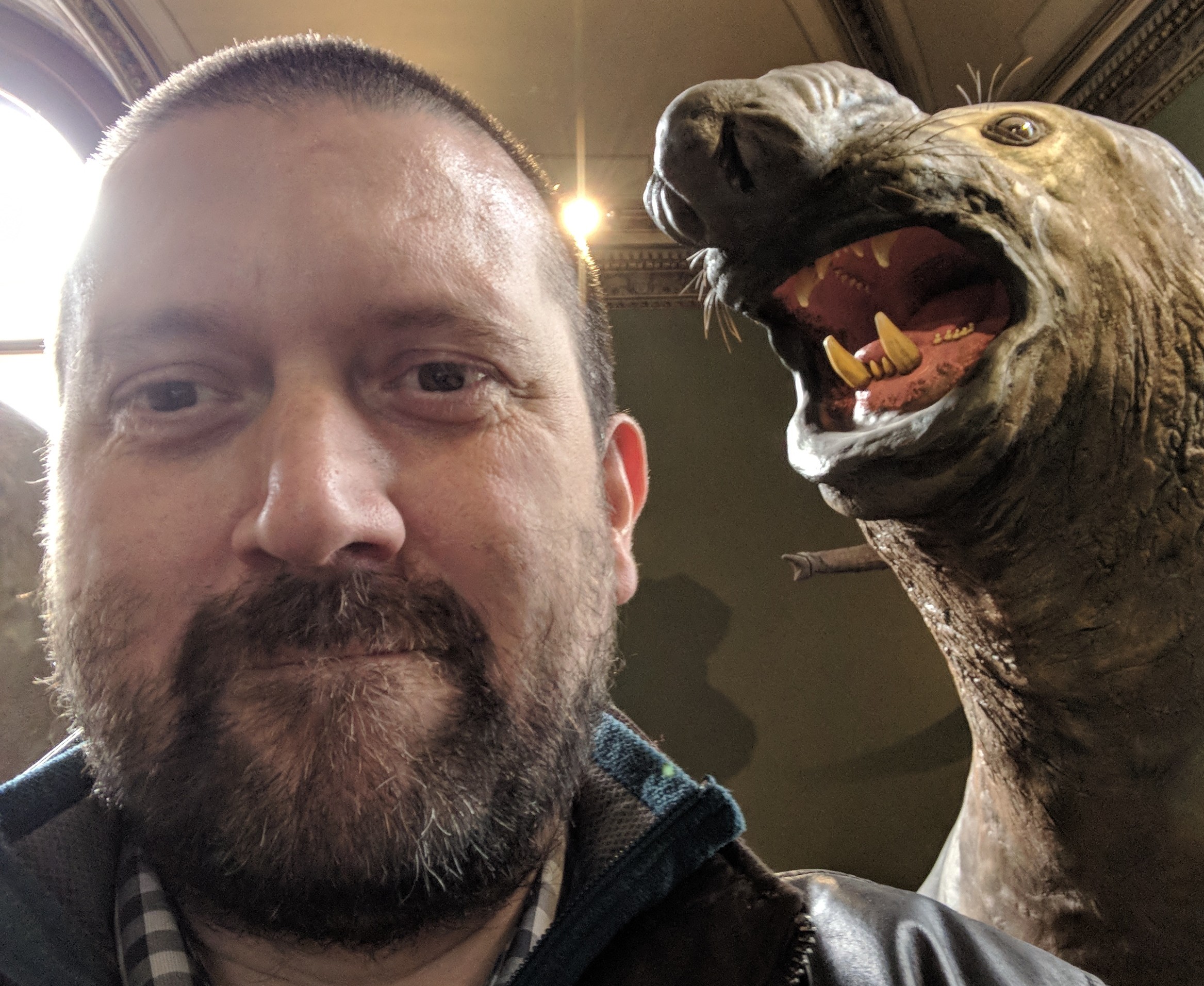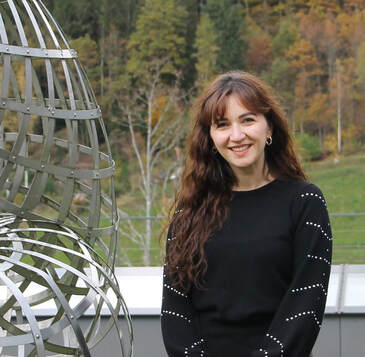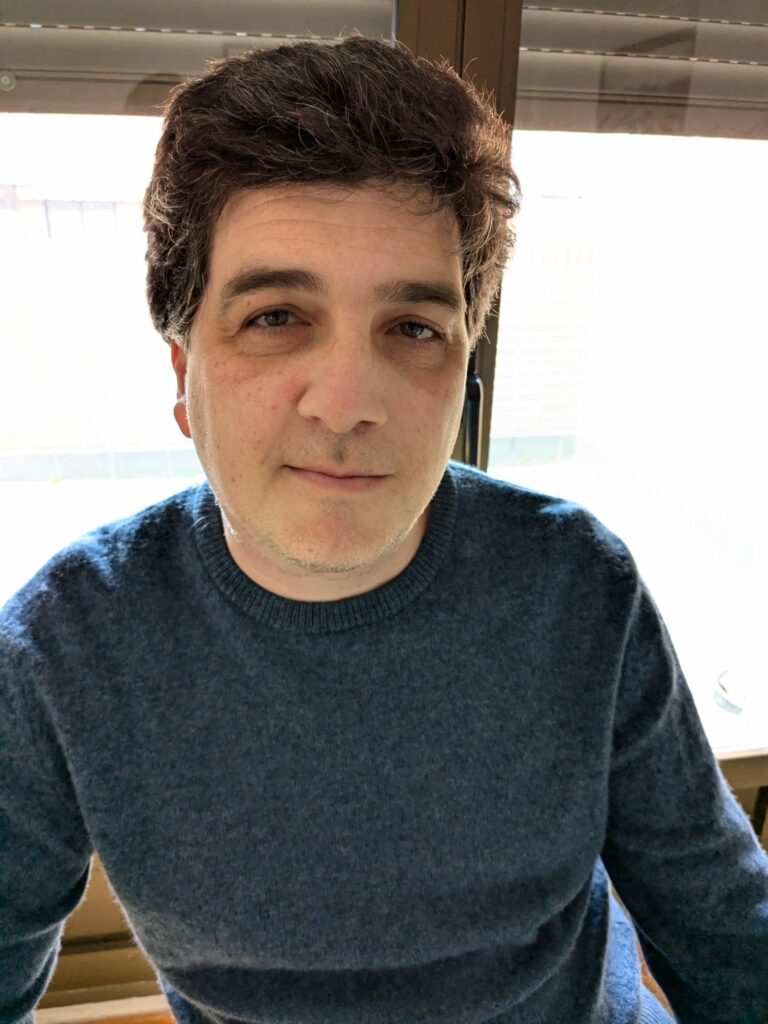- Title:
An introduction to mean-field games - Abstract:
The theory of mean-field game was introduced in 2006 by J-M. Lasry and P-L. Lions to describe differential games (‘Nash equilibria’) at the limit where the number of players tends to infinity. This theory has since undergone considerable development. It is a meeting point for several fields in mathematics: game theory, optimal deterministic or stochastic optimal control, calculus of variations, optimal transport, analysis of PDEs, numerical methods. Applications are numerous: economics, study of collective behaviors with rational anticipations, etc..
We will attempt to give an overview of the theory of mean-field games and focus on several aspects:
1. The master equation is a nonlinear partial differential equation whose unknown is a function acting in particular on a probability measure. It is therefore a PDE posed in infinite dimension. On the one hand, it can be used to analyze the passage to the limit in a Nash equilibrium with a finite number of agents, when this number of agents tends to infinity. On the other hand, it is key if the agents are subject to a common noise. When the state space is finite, the master equation is set in finite but possibly large dimension, and the equations raise a number of new questions in the analysis of PDEs.
2. In the simplest cases, the characteristic trajectories of the master equation are obtained by solving systems of forward-backward PDEs posed in the state space. They couple a Hamilton-Jacobi equation giving the players’ strategy, with a Kolmogorov-Fokker-Planck equation allowing one to characterize the evolution of the distribution of states. The analysis of these systems of PDEs has been the subject of an important research effort in the last fifteen years.
3. Numerical schemes: As explicit or semi-explicit solutions of forward-backward systems are rare, robust numerical methods are crucial for a predictive use of mean-field games. Finite-difference schemes will be presented, along with convergence results and examples of simulations, in the context of traffic flows or crowds of pedestrians. We will discuss:
– the modeling of congestion effects and notions of weak solutions for the associated PDE systems
– mean-field control problems in the case where a planner controls a crowd of devices
– mean-field games where several populations interact
– mean-field games in which the coupling cost depends on the distribution of controls.
4. Finally, we will address variational aspects and related numerical algorithms. - Affiliation:
Laboratoire Jacques-Louis Lions, UMR 7598 and UFR de maths, Université Paris-Diderot in Paris (France)
- Title:
A short course on mathematical epidemiology - Abstract:
In this course, we will take a brief tour of mathematical epidemiology. We will start with the basic theory, building on the so-called Kermarck-McKendrick model that provides the framework for most more advanced models, highlighting some key concepts as the basic reproduction number R0. We will then consider some expansions of basic models, like multigroup models, which consider the role of heterogeneity of individuals within a population, and metapopulation models, which consider the role of the spatial nature of population distribution. Then, we will investigate the (important) role of stochasticity in models through two different approaches, one amenable to mathematical analysis and the other focused on simulations. Topics will be motivated by real-world epidemic data and tutorials will cover model formulation, analysis and simulation. - Affiliation:
Department of Mathematics, University of Manitoba (Canada)
- Title:
Modelling and control of microbial ecosystems dynamics - Abstract:
The course will be divided into three main parts.
1. Consumer-resource dynamics. In this first part, we’ll see how to represent the evolution over time of a population of organisms consuming one or more substrates, depending on whether the substrates are substitutable or not, and taking into account the stoichiometric homeostasis of the organisms. We will then examine the case of several populations competing for resources. In particular, we’ll introduce the principle of competitive exclusion and look at some examples of simple food web models.
2. Dynamics of the whole ecosystem: taking into account the interaction with the environment. In the second part of the course, we’ll focus on the modeling of the whole ecosystem, which is a set of populations of living organisms interacting with each other and with their environment. We’ll see how to represent the evolution over time of biotic and abiotic variables, following an approach classically used for modeling chemical reaction networks with mass balance equations. We will also show how the influence of external forcings (e.g. meteorology, hydrodynamics) can be included in the models of microbial ecosystems.
3. Control of microbial ecosystems. In the third and final part of the course, the basics of control theory will be introduced. We will see how this theory can be applied to microbial ecosystems in the specific context of bioprocesses, which offer a privileged framework given that the environment can be controlled. Finally, examples of application to exploited ecosystems such as agro-ecosystems will also be presented. - Affilitation:
Mathematics and Numerics division, INRAE Montpellier (France)
- Title:
Optimal control of propagation fronts and moving sets - Abstract:
Reaction-diffusion equations are widely used to describe phenomena such as population dynamics and the spreading of invasive species. In this course will consider a controlled reaction-diffusion equation, modeling the spreading of an invasive population, and derive a simpler model describing the controlled evolution of a contaminated set. First, we analyze the optimal control of 1-dimensional traveling wave profiles. Using Stokes’ formula, explicit solutions are obtained, which in some cases require measure-valued optimal controls. Then we will introduce a family of optimization problems for a moving set and show how these can be derived from the original parabolic problems, by taking a sharp interface limit. Assuming that the initial contaminated set is convex, we prove that an eradication strategy is optimal if and only if at each given time the control is active along the portion of the boundary where the curvature is maximal. - Affiliation:
Department of Mathematics and Statistics, Queen’s University (Canada)
- Title:
Modeling Shape Evolution through Controlled Cellular Population Dynamics - Abstract:
This course explores the interplay between shape evolution and controlled population dynamics in biological tissues, using a hybrid multi-agent systems approach. Using mathematical formalisms such as ODEs, PDEs, and mutational equations, we will investigate how fundamental cellular processes—growth, division, death, migration, and differentiation—contribute to tissue morphogenesis when modeled as interacting agents. Specifically, we will examine how these processes, which are essential drivers of tissue shape evolution, emerge as the collective behavior of these agents within the tissue environment.
Shape evolution will be presented as an emergent property of population dynamics. The course delves into the mechanisms underlying tissue morphogenesis, including cell proliferation, division, migration, and apoptosis, and how these processes, acting at the individual cell level, collectively give rise to complex patterns observed at the tissue level. The crucial link between genotype and phenotype and its influence on tissue patterns will also be explored. We will introduce mutational equations and viability theory, focuses on the mathematical representation of evolutionary processes for modeling cell population dynamics. These tools will be applied to model cell population dynamics and to introduce the concept of viability kernels. This, in turn, will enable the analysis of long-term population persistence under the influence of fluctuating environmental conditions and interactions with other tissues. - Affiliation:
Laboratory of Medical Information Processing (LaTIM – INSERM UMR 1101) Faculty of Medicine, University of Brest (France)
- Title:
Population balance modelling of disperse multiphase systems: focus on aggregation and breakage. - Abstract:
Several computational models exist for the simulation of disperse multiphase systems. In these lectures we will focus on population balance models and we will show the connection with other models, notable the two-fluid and multi-fluid models. The different kernels to describe particle (and droplets and bubbles) aggregation and breakage will also be described. - Affiliation:
Department of Applied Science and Technology, Politechnico di Torino (Italy)
- Title:
Simulations of the Flow of Simple and Complex Fluids. - Abstract:
The macroscopic flow of a fluid depends on its microscopic composition. The diverse microstructures found in fluids, such as particles or polymers, lead to a wide range of behaviors at the macroscale. In this course, we will review the computational methods used to study simple and complex fluids. We will then focus on specific methods to simulate complex fluids, particularly Smoothed Particle Hydrodynamics (SPH) and Lubrication Dynamics. We will explain some relevant results concerning the flow of complex fluids obtained with these methods. Finally, we will illustrate how similar ideas can be applied to simulate and study crowd dynamics. - Affiliation:
Department of Fundamental Physics, Universidad Nacional de Educación a Distancia – UNED (Spain)





